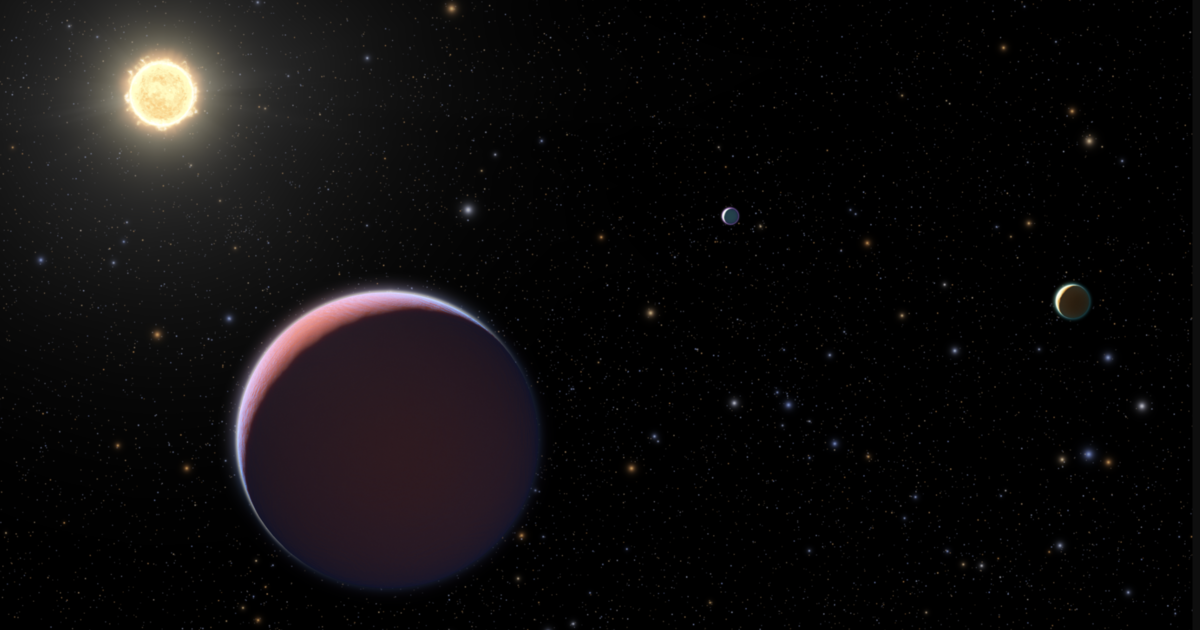Cotton-Candy Planet
Researchers have made a remarkable discovery: WASP-193b, an exoplanet so astonishingly low in density that it has earned the nickname “cotton-candy planet” for its resemblance to a vast, fluffy gaseous mass suspended in the cosmos.
Situated approximately 1,200 light-years away from Earth, this cotton-candy planet, despite being 50% larger in size, boasts a density seven times less than that of Jupiter, a gas giant in our solar system.
Khalid Barkaoui, a study co-author and postdoctoral researcher at the University of Liège in Belgium, highlighted this finding in a report published Monday in the journal Nature Astronomy.
Barkaoui emphasized the significance of this discovery, noting that WASP-193b now ranks as the second least dense planet ever discovered, superseded only by Kepler-51d, which is considerably smaller.
With over 5,000 exoplanets identified thus far, according to NASA, this latest addition presents a unique puzzle for astronomers.
Barkaoui pointed out that WASP-193b’s exceptionally low density defies standard models of irradiated gas giants, even when considering the unrealistic assumption of a coreless structure.
The observatory responsible for identifying WASP-193b is the Wide Angle Search for Planets (WASP), located in Spain and South Africa.
Utilizing data from the TRAPPIST-South and SPECULOOS-South observatories in Chile, astronomers were able to glean insights into the signals emitted by WASP-193b.
Their findings revealed that this enigmatic exoplanet exhibits a remarkably low density, with its mass and size approximately 0.14 and 1.5 times that of Jupiter, respectively.
This translates to a density of about 0.059 grams per cubic centimeter—comparable to cotton candy, which boasts a density of 0.05 grams per cubic centimeter, while Earth’s density measures 5.51 grams per cubic centimeter.
Julien de Wit, a study co-author and planetary scientist at the Massachusetts Institute of Technology, likened WASP-193b’s composition to that of cotton candy, attributing its fluffy nature to its predominantly gaseous makeup, primarily consisting of hydrogen and helium.
In summary, the discovery of WASP-193b, the cotton-candy planet, challenges existing models of planetary composition and offers astronomers a tantalizing glimpse into the extraordinary diversity of worlds beyond our solar system.










